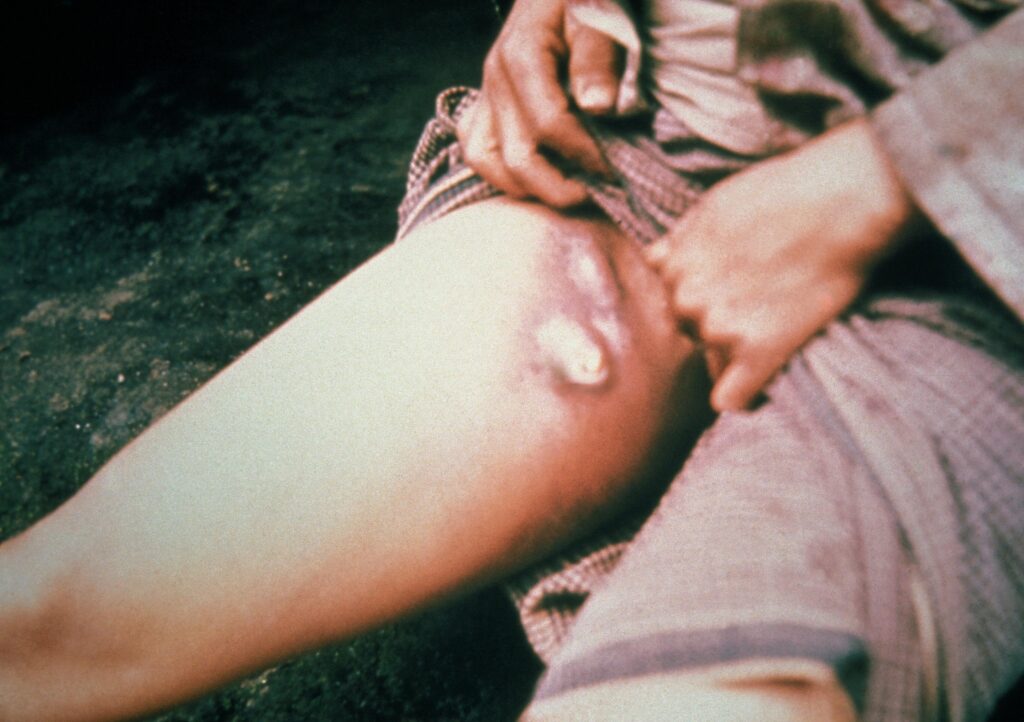it is a highly infectious zoonotic disease caused by the bacterium Yersinia pestis. Historically known for causing devastating pandemics such as the Black Death in the 14th century, plague continues to pose a public health risk in certain parts of the world today. It is transmitted primarily through flea bites, direct contact with infected animals, or respiratory droplets in its pneumonic form.

Origins and Historical Significance of Plague
The plague has shaped human history, killing millions and transforming societies. The three major historical pandemics include:
- Justinian Plague (6th century): Originating in the Byzantine Empire, killing up to 25 million people.
- Black Death (1347–1351): Spread across Europe, Asia, and North Africa; estimated to have killed over 75 million.
- Third Pandemic (1855): Originated in China, reached India and other continents; over 12 million deaths in India alone.
These pandemics influenced public health systems, urban planning, and epidemiological understanding.
Causative Agent: Yersinia pestis
Yersinia pestis is a Gram-negative, rod-shaped coccobacillus that primarily infects rodents and is transmitted to humans via fleas. The bacterium’s virulence factors allow it to evade host immune responses, making it extremely lethal without rapid treatment.
Transmission Pathways
Plague spreads through multiple mechanisms:
- Flea bites: Infected fleas transmit bacteria when they bite humans or animals.
- Contact with infected animals: Handling tissues or fluids from infected rodents, rabbits, or domestic pets.
- Person-to-person transmission: Occurs in pneumonic plague through inhalation of respiratory droplets.
Types of Plague and Clinical Presentation
Plague manifests in three primary clinical forms, each with distinct characteristics.
1. Bubonic Plague
- Most common form
- Symptoms: Sudden fever, chills, headache, and painful swollen lymph nodes (buboes)
- Incubation: 2–6 days
- Untreated mortality rate: 50–60%
2. Septicemic Plague
- Bacteria multiply in the bloodstream
- Symptoms: Fever, abdominal pain, shock, bleeding under the skin, gangrene of extremities
- Can develop secondarily from bubonic plague or primarily without lymph node swelling
- Mortality: Nearly 100% without treatment
3. Pneumonic Plague
- Infection in the lungs
- Symptoms: Cough, chest pain, difficulty breathing, bloody sputum
- Only form transmitted person-to-person
- Incubation: 1–4 days
- Rapid progression, fatal within 24–72 hours if untreated
Global Distribution and Outbreaks
Although rare in modern times, plague remains endemic in parts of Africa, Asia, and the Americas. The World Health Organization (WHO) reports thousands of cases annually, especially in:
- Democratic Republic of the Congo
- Madagascar
- Peru
- United States (Western states like Arizona, New Mexico, Colorado)
Modern outbreaks require swift action, including quarantine, vector control, and antibiotic treatment to prevent escalation.
Diagnosis of Plague Infection
Timely diagnosis is critical for effective treatment. Diagnostic methods include:
- Culture of blood, lymph node aspirates, or sputum
- Polymerase Chain Reaction (PCR)
- Rapid diagnostic tests (RDTs)
- Serology: Detection of antibodies against Y. pestis
Due to its rapid progression, suspected cases must be treated immediately even before confirmation.
Treatment Protocols for Plague
Prompt administration of antibiotics is essential. Effective medications include:
- Streptomycin (gold standard)
- Gentamicin
- Doxycycline
- Ciprofloxacin
- Chloramphenicol (for meningitis complications)
Duration: Typically 10 days or until 3 days after fever subsides.
For pneumonic plague, isolation and use of personal protective equipment (PPE) are critical to prevent person-to-person transmission.
Plague Prevention Strategies
Global health systems employ multiple methods to prevent plague outbreaks:
Vector Control
- Regular treatment of pets with flea control products
- Use of insect repellents and protective clothing in endemic areas
Environmental Sanitation
- Eliminating food sources and shelter for rodents
- Safely disposing of garbage and maintaining clean surroundings
Surveillance and Public Health Measures
- Monitoring rodent populations
- Rapid reporting of suspected human and animal cases
- Vaccination for high-risk personnel (limited availability)
Bioterrorism Threat and Biosecurity
Yersinia pestis is classified as a Category A bioterrorism agent due to its high mortality and ease of dissemination. Preparedness includes:
- Stockpiling antibiotics
- Training health professionals in rapid response
- Establishing isolation and decontamination protocols
Plague vs. Other Infectious Diseases
Understanding the differential diagnosis is essential:
| Disease | Key Symptom | Spread Mechanism | Treatment |
|---|---|---|---|
| Plague | Buboes, rapid fever progression | Flea bite, droplets | Antibiotics |
| Anthrax | Skin ulcer, respiratory failure | Spores, contact | Antibiotics |
| Tularemia | Skin ulcers, eye pain | Ticks, animal contact | Antibiotics |
| Typhus | Rash, high fever | Lice bite | Antibiotics |
| Influenza | Cough, fever, fatigue | Airborne droplets | Antivirals |
Research and Emerging Treatments
Ongoing research focuses on:
- Next-generation antibiotics targeting resistant strains
- Plague vaccines: Recombinant protein-based and live attenuated vaccines in trial phases
- Monoclonal antibodies as potential therapeutics
Efforts are coordinated by the Centers for Disease Control and Prevention (CDC) and WHO to prepare for future outbreaks and biosecurity threats.
Plague, though ancient, remains a threat in modern times due to its virulence and rapid transmission. Vigilant surveillance, effective treatment protocols, and strong public health infrastructure are vital to prevent resurgence. Continued research and international collaboration are essential to ensure global preparedness against this historically devastating disease.